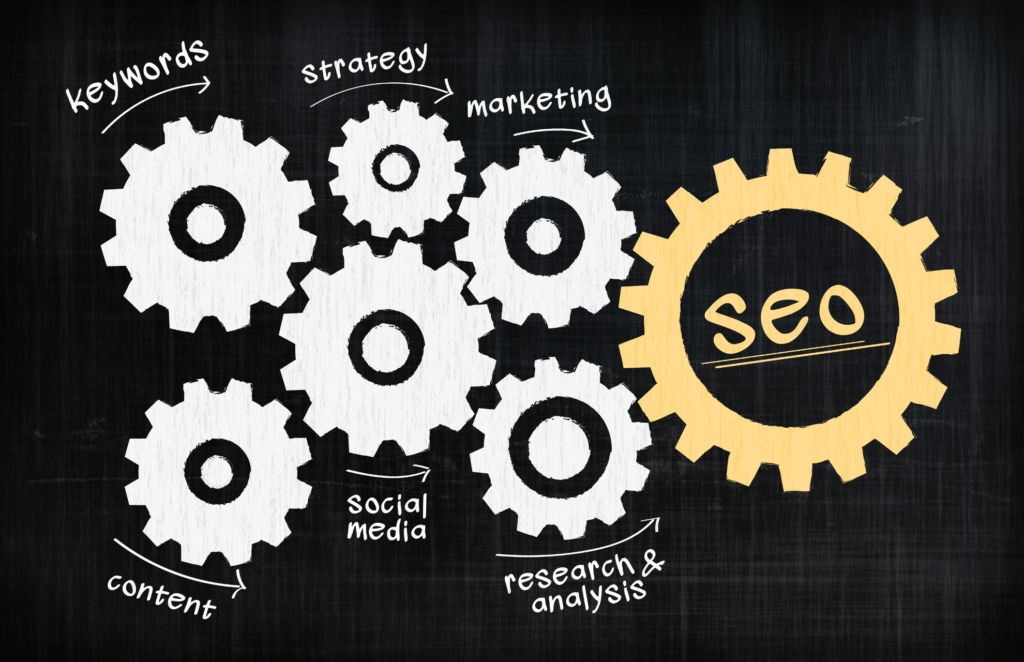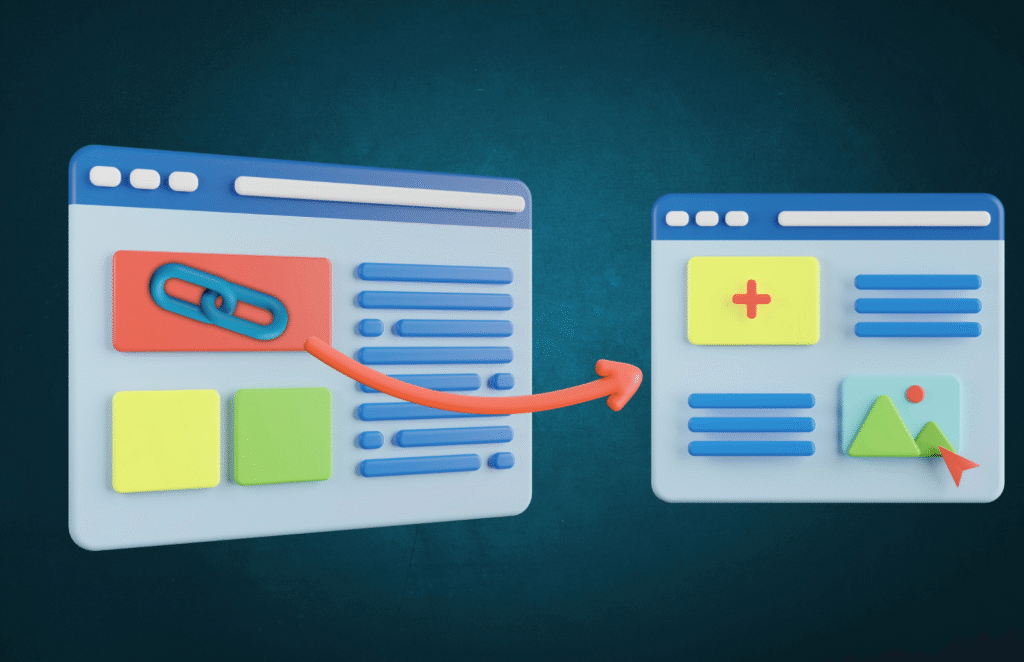User experience (UX) is no longer just a design concern—it’s a critical part of SEO. Google prioritizes content that delivers value and satisfies users. If your site provides a poor experience, even the best SEO tactics won’t help you rank well. In this article, we’ll break down how SEO UX works, why it matters, and what practical steps you can take to optimize it.
What is SEO UX?
SEO UX refers to the intersection of search engine optimization and user experience design. It ensures your website not only ranks in search engines but also keeps users engaged once they arrive.
Great UX supports SEO by:
-
Reducing bounce rate
-
Increasing time on site
-
Improving conversion rates
Google’s algorithm tracks user behavior signals, which are directly influenced by UX. Better experience = better engagement = better rankings.
Why User Experience Matters for SEO
When a user visits your site from search results, Google monitors how they interact. If users immediately bounce, struggle to navigate, or don’t find value, it signals that your content didn’t meet expectations.
UX matters because it:
-
Signals content relevance
-
Increases engagement metrics
-
Supports E-E-A-T (Experience, Expertise, Authoritativeness, Trustworthiness)
Sites with strong UX often outperform competitors, even with fewer backlinks.
Core UX Factors That Impact SEO
1. Mobile-Friendliness
Over 60% of traffic comes from mobile devices. If your site isn’t mobile-optimized, it won’t perform well in mobile search results.
2. Page Speed
Slow websites frustrate users. Google’s Core Web Vitals prioritize fast load times and responsive design.
3. Clear Navigation
Users should easily find what they’re looking for. Poor navigation increases bounce rates and hurts crawlability.
4. Visual Hierarchy & Readability
Content should be easy to scan. Use headings, bullet points, and spacing to break up text.
5. No Intrusive Popups
Aggressive popups degrade UX and violate Google’s mobile-friendly guidelines.
6. Secure Browsing (HTTPS)
Security is a trust signal. Sites without HTTPS may be flagged by browsers and penalized in rankings.
Practical Steps to Improve SEO UX
✅ Conduct a UX Audit
Use tools like Hotjar, Crazy Egg, and Microsoft Clarity to evaluate real user behavior. Identify where users drop off or struggle.
✅ Improve Core Web Vitals
Focus on:
-
Largest Contentful Paint (LCP)
-
First Input Delay (FID)
-
Cumulative Layout Shift (CLS)
Test with tools like Google PageSpeed Insights or Lighthouse.
✅ Use Clear CTAs
Guide users through the journey with visible, compelling calls-to-action that create a seamless path to conversion.
✅ Optimize for Accessibility
Make your site usable for everyone:
-
Add descriptive alt text
-
Ensure keyboard navigation
-
Choose readable fonts and contrast
✅ Write for Readability
Structure your content for skimming:
-
Use H2/H3 subheadings
-
Write short paragraphs
-
Incorporate lists and tables
✅ Mobile-First Design
Adopt responsive design that adapts to every screen size. Use Google’s Mobile-Friendly Test to validate responsiveness.
UX Testing Tools for SEO
-
Google Search Console: Track bounce rate, CTR, and mobile usability.
-
Hotjar / Crazy Egg: Heatmaps and scroll tracking.
-
Lighthouse / Web.dev: Performance and accessibility scoring.
-
Microsoft Clarity: Session replays and click insights.
SEO UX for Different Business Types
E-commerce Websites
-
Fast product filtering
-
Simplified checkout experience
-
Trust signals (reviews, return policies, payment icons)
Service-Based Businesses
-
Prominent contact forms
-
Local schema markup for visibility
-
Testimonials and client logos to build trust
Blogs and Publishers
-
Related posts for deeper engagement
-
Sticky menus for better site exploration
-
Ad layout that doesn’t disrupt content flow
Common UX Mistakes That Hurt SEO
-
Hidden or confusing navigation menus
-
Unreadable fonts or color contrast
-
No internal linking strategy
-
Intrusive ads or popups
-
Not optimizing above-the-fold content
These mistakes result in poor dwell time, high exit rates, and ultimately, lower search rankings.
Real-Life Example
A mid-sized e-commerce brand redesigned their homepage with better product categorization, faster load times, and simpler navigation. Result?
-
Bounce rate dropped by 38%
-
Session duration increased by 2.1x
-
Ranked #1 for three new keywords within 90 days
Another example is a SaaS company that restructured their pricing page using better hierarchy and CTA buttons. This led to a 27% boost in conversions and longer average session time.
Advanced UX Strategies for SEO Impact
Personalization
Use behavior-based content suggestions or email triggers to re-engage users.
Sticky Navigation & Breadcrumbs
Enhance usability and improve internal link structure. Also helps with crawl efficiency.
Exit-Intent Offers
Smart, minimal popups offering discounts or lead magnets can reduce bounce and capture leads.
UX Microinteractions
Subtle animations, hover states, and button feedback improve interactivity and perceived performance.
Content Layout Testing
A/B test content blocks, form placements, and CTA variations to see what improves both UX and rankings.
Internal Links for Further Reading:
Conclusion: SEO and UX Must Work Together
If SEO helps users find your website, UX helps them stay. Combining these two forces ensures you’re not just driving traffic—but converting it.
Great SEO UX keeps visitors engaged, encourages action, and signals value to Google. If you want to improve rankings and grow your business sustainably, focus on both search and experience.
CTA: Want a complete SEO UX audit for your site? Contact Digitating to get expert help and improve both rankings and conversions.
This article was created with the assistance of AI technology.
Author
-
Rahi Shah is a results-driven Digital Marketing Expert with 8+ years of experience in SEO, PPC, Social Media Marketing, and Performance Marketing. With a Master's in Computer Applications, she has helped E-commerce, SaaS, and B2B brands scale their digital presence and boost ROI through data-driven strategies. Rahi specializes in high-impact campaigns, marketing automation, and AI-powered growth solutions. She also offers consulting services through her brand, Digitating.


